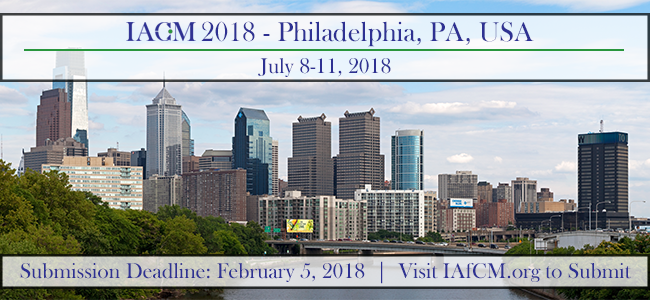IACM 2018 Abstract Book »
Visibility and Meaningful Recognition for First Peoples: A Case Study of Communication, Culture and Conflict Intersections in Seeking Social Justice
Conflict revolves around the intersection of communication and culture. This interplay has historical antecedents and contemporary applications. Conflicts involving indigenous peoples and colonisers appear in literary representations such as Shakespeare’s The Tempest, and in contests between communities and cultures in historical, political and other settings. Amnesty International reports the realities faced by indigenous peoples and efforts to lobby for social justice. One example is the effort at becoming visible and seeking meaningful recognition examined in media coverage of the First Peoples holiday in Trinidad and Tobago, and resonates in conflicts reported elsewhere between indigenous peoples and others. Using media reports, interviews, and other data, this paper employs critical discourse analysis to trace the narrative elements and themes of the interplay among communication, culture and conflict in these texts, and interpret the expression and meaning of these texts as ways of describing, understanding, explaining and constructing a theoretical and applied account. Keywords: Intractable intercultural conflict, social justice, communication, culture, Indigenous Peoples, critical discourse analysis, case study
